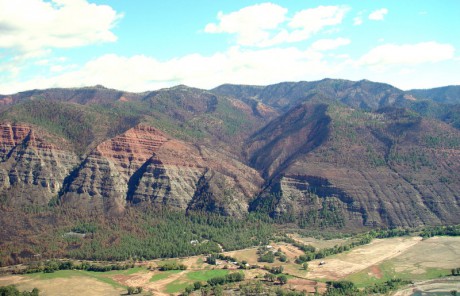We investigated relationships between tree-ring δ13C and growth, and flux tower estimates of gross primary productivity (GPP) at Harvard Forest from 1992 to 2010. Seasonal variations of derived photosynthetic isotope discrimination (D13C) and leaf intercellular CO2 concentration (ci) showed significant increasing trends for the dominant deciduous and coniferous species.


